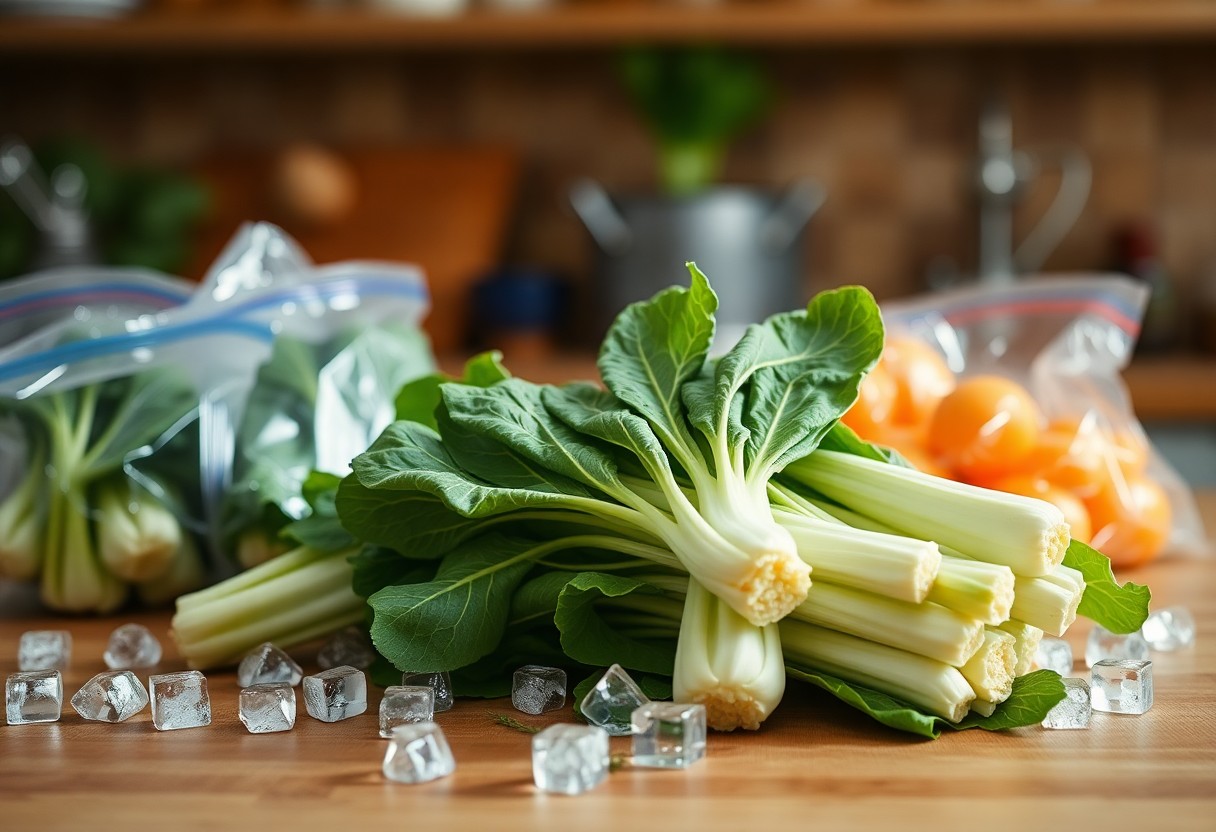Can you dehydrate watermelon? This is a question many people ask when they are learning the art of dehydration.
Dehydration is a process of removing moisture from food through heat. Fruits and vegetables are especially susceptible to dehydration, but many people wonder if you can dehydrate watermelon. Read on to find out!
Yes, You can Dehydrate Watermelon
Yes, you can dehydrate watermelon. It’s a great way to keep the fruit on hand, and you can use it in recipes or add it to smoothies. There are a few different methods you can use to dehydrate watermelon. Here’s the straightforward step-by-step process:
- Cut the watermelon into thin slices.
- Put the slices on a tray lined with parchment paper.
- Put the tray in the oven at the lowest temperature setting.
- Preheat the oven for a minimum of two hours before you add the fruit, and don’t let the temperature rise above 110 degrees Fahrenheit.
- Keep the dehydrator door closed so that the fruit can maintain its moisture.
- Once the fruit is dry, store the pieces in an air-tight container.
- Store the dehydrated watermelon in your refrigerator until ready to use.
Dehydrated watermelon can be stored for up to six months. It’s perfect for recipes that call for fresh fruit, and you can use it in smoothies or on its own as a snack.
What is Dehydration and how does it work with Watermelon?

Dehydration is the process of removing water from a substance. In the case of watermelon, the process is fairly simple. After cutting a watermelon in half, you can cut it into slices, remove the seeds and pulp, and then place the slices on a rack or baking sheet. Once you’ve set this aside, you’ll need to dry the watermelon slices for a few hours.
During dehydration, the water within the watermelon evaporates, leaving behind the juicy pulp. You can store this pulp to use later in smoothies, salads, or other dishes.
Dehydration is beneficial for a variety of cooking purposes. For example, you can dehydrate watermelon to create watermelon powder, which you can add to baked goods. Dehydrated watermelon can also be used to create watermelon jerky, which is surprisingly savory and tasty – and makes a great snack.
What factors do I need to consider when Dehydrating Watermelon?
Dehydrating watermelon requires that you use the right technique in order to remove the moisture and preserve the fruit. It will also require that you limit the amount of time that the food is in the dehydrator; if the food is exposed to too much heat, it may end up losing too much of its nutritional value. Finally, you will need to ensure that the food is properly prepared before drying it; if you don’t do this, the food may be exposed to harmful bacteria.
Here are the most important considerations that you’ll need to keep in mind when dehydrating watermelon:
Preparing the watermelon:
The first step to drying watermelon is to wash it thoroughly. This will help to remove any dirt and debris from the fruit. While you’re at it, you should also use a sharp knife to cut the watermelon into thin slices; this will make it much easier for the dehydrator to remove all of the water.
Dehydrator settings:
Next, you will need to set the temperature and drying time for your dehydrator. The dryer your watermelon, the quicker it will dehydrate. So, if you want to use the dehydrated watermelon as a healthy snack, you may want to set the dehydrator to a lower temperature setting; this will help to preserve the nutritional value.
Drying time:
Lastly, you will need to set the drying time. This is how long you will leave the watermelon in the dehydrator.
What equipment do I need for Dehydrating Watermelon?
Dehydrating watermelon is a great way to preserve this delicious fruit. All you need is the right equipment and you can dehydrate watermelon any time of year. You can buy the equipment online or at a local craft store. If you have access to an oven, you can use it as well.
In order to create high-quality dehydrated watermelon, you need to have the right equipment. You can buy your equipment online or at a local craft store. If you don’t have access to an oven, you can still dehydrate watermelon. All you need is the right equipment. The following are the tools necessary for dehydrator watermelon:
1. Sharp knife – For dehydrating watermelon, you need to use a sharp knife. Make sure you use a cutting board that is large enough for the size of the watermelon.
2. Food dehydrator – The food dehydrator is the most important piece of equipment. They are available at many craft stores.
3. Pots – You will need a couple of pots. The pots should be large and deep enough to hold the food. Place one pot inside the other.
4. Cut watermelon – Remove all of the watermelon rind. Then, slice the melon into 1/4 inch slices.
5. Drying tray – Use your dehydrator’s roasting tray. You can also use a metal tray or cookie sheet.
How to choose the right watermelon for dehydration.

Dehydrating watermelon is a great way to enjoy watermelon all year round! Here’s how to choose the right watermelon for dehydration.
Choose a watermelon that has high water content. In general, watermelon is a 92% water, 8% sugar food. Naturally sweet watermelons are the best for dehydration.
Look for a watermelon that is firm and ripe. Ripe watermelons have darker green skin with lighter green stripes (called a harlequin pattern). If they are firm and ripe, they should be great candidates for dehydrating.
Avoid watermelons that are too small or bloated. Small watermelons generally don’t have enough water to be of much use for dehydrating. A bloated watermelon may burst when dehydrated.
When shopping for a watermelon, look for one that looks firm and ripe. Choose one that is naturally sweet, has a higher water content, and is firm, ripe, and healthy.
Advantages of dehydrating watermelon.
Dehydrating watermelon is a healthy alternative to canning or freezing the fruit.
Both freezing and canning destroys the nutritional value of watermelon, while dehydration preserves the nutrients and flavor. Dried watermelon has a shelf life of up to five years, making it a great ingredient for recipes that need long-term storage.
Dehydrated watermelon is ready to eat and can be used as a substitute for fresh fruit in recipes. Dried watermelon is high in vitamin C and vitamin A, making it a healthy, nutritious snack.
Disadvantages of dehydrating watermelon.
Among the top advantages of watermelon, one of the most notable is its high water content. In fact, this fruit contains 92 percent water, making it a great food to rehydrate.
Dehydrating watermelon is a sure bet to cook this nutrient-rich fruit. Since watermelon is 92 percent water, you can dehydrate this fruit to preserve its rich nutrient content. But when you dehydrate watermelon, you lose some of its water content. Not to mention, dehydration process also alters the taste and texture of the fruit.
Both disadvantages can be important for some people. But for people looking to preserve watermelon’s water richness, dehydrating watermelon may not be the best method.
How long does it take to dehydrate watermelon and how do you know it’s done?
However, it’s important to keep in mind that dehydration and dehydrating are not the same. To dehydrate food, you remove the water. To dehydrate, you are removing the water, but also replacing the minerals and nutrients that are dissolved in it.
Watermelon is high in water and very low in fat, so it gets to be pretty fibrous when dehydrated. Before it’s fully dehydrated, you’ll start to see the skin of the watermelon turn more translucent.
Once the water has completely evaporated, you’ll have a watermelon that no longer tastes like a watermelon. Instead, it will have the texture of jerky. That s because much of the minerals and nutrients have been replaced with water.
Dehydrating takes longer than dehydrating, and it s important to consider the vitamins and minerals that you lose during the process.
How to store dehydrated watermelon – including tips for storing in the fridge and pantry.
Watermelon isn’t just a refreshing treat; it’s also full of nutrients and loaded with lycopene and vitamin A. Dehydrated watermelon is a great way to enjoy this delicious fruit year-round; here’s a step-by-step guide to getting your dehydrated watermelon into storage.
Dehydrated watermelon isn’t nearly as pungent as its fresh counterpart; however, it is still best to store it in a cool, dark location. Here are some storage tips for dehydrated watermelon
Refrigerator:
Dehydrated watermelon will keep best in the refrigerator. Dehydrated watermelon can be stored in airtight containers or resealable plastic bags. For maximum freshness, use the oldest watermelon in your dehydrator first.
Pantry:
Dehydrated watermelon can also be stored at room temperature. However, it may lose some of its nutrients if stored for an extended time. To keep dehydrated watermelon as fresh as possible, transfer it to an airtight container after each use.
Wrapping Up
Dehydration is a useful way to preserve the flavors of your fruits and vegetables. Plus, it preserves the nutrients and fiber of your food. Drying watermelon works well, but it’s difficult to remove all of the moisture through dehydration.





Leave a Reply